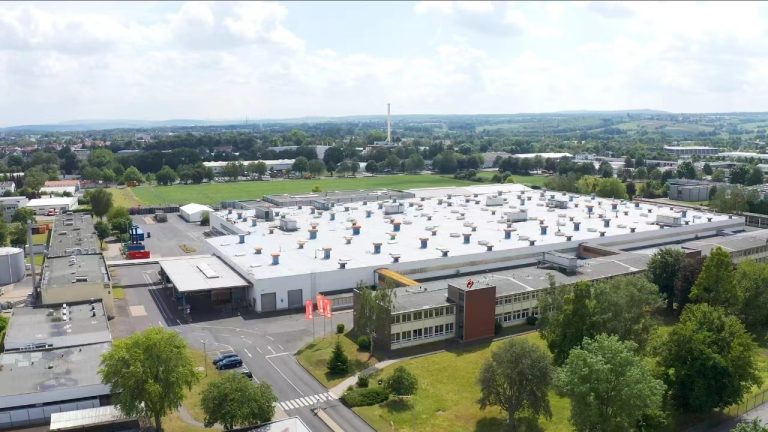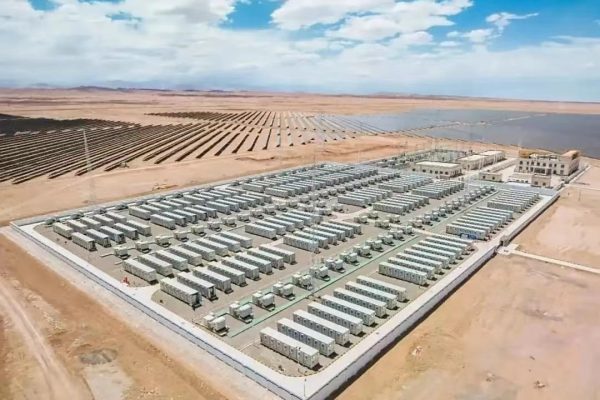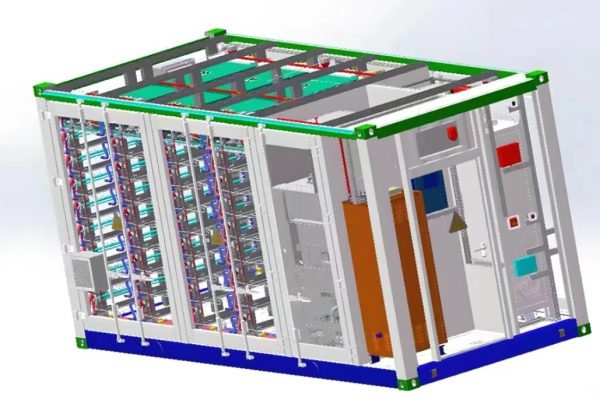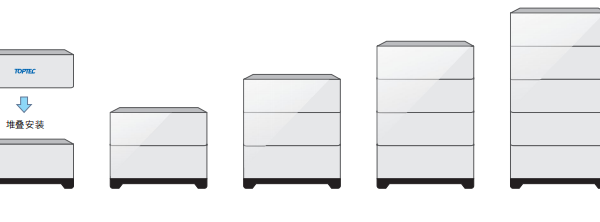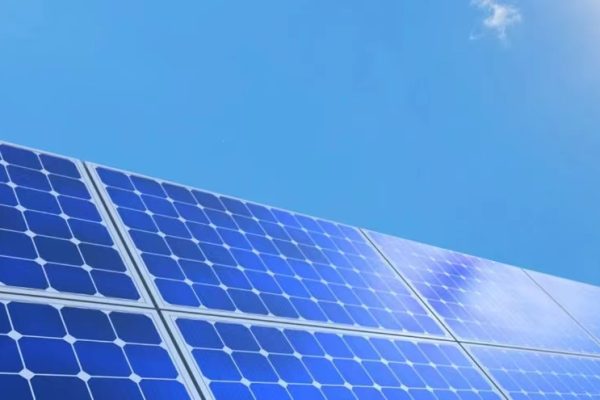What Every Installer and System Buyer Needs to Know
Why Environment-Specific Setup Matters
Inverter performance isn’t just about wattage and conversion efficiency — it’s also about operating conditions. For projects in cold climates, high-altitude regions, or mountainous terrain, standard installation assumptions may not apply.
Failing to account for environmental variables can lead to:
- Thermal derating or shutdowns
- Poor MPPT tracking
- Shortened inverter lifespan
- Unexpected system failures in winter
This article explores what you should consider when selecting, installing, and maintaining inverters in cold or high-altitude settings — especially for 3kW–50kW PV + storage systems.
1. Understanding the Environmental Challenges
🧊 Cold Climate Effects
- Inverter components (especially electrolytic capacitors and LCD screens) may not start reliably below -20°C.
- Some inverters have internal heaters, others require external thermal support.
- Battery charging voltage and behavior also changes at low temps, requiring BMS and inverter coordination.
⛰️ High-Altitude Effects
- Reduced air pressure limits passive and active cooling effectiveness.
- Manufacturers often specify altitude derating curves starting at 2000m.
- UV radiation, condensation, and dust exposure also increase with altitude.
Rule of Thumb: Check if your inverter is rated for operation below -20°C or above 2000m without derating.
2. Inverter Specification Checklist for Extreme Environments
| Factor | What to Check | Target Range |
|---|---|---|
| Operating Temperature | -25°C to +60°C | ✅ Min. -25°C for cold setups |
| Altitude Limit Without Derating | ≥3000m | ✅ Higher for mountainous regions |
| Ingress Protection (IP Rating) | IP65+ recommended for snow/dust zones | ✅ Outdoor installations |
| Conformal Coating | Internal PCB coating for humidity/condensation | ✅ Must for cold/humid areas |
| Fan Type & Cooling | Intelligent fan or fanless design | ✅ For altitude, ensure fanless or smart |
| Display Type | Avoid LCD below -10°C (freezes) | ✅ LED or app-based monitoring |
| Heater Function (if available) | Optional internal heating module | ✅ In off-grid Arctic projects |
3. Practical Setup Tips in Cold/High-Altitude Locations
❄️ Cold Climate Tips:
- Avoid shaded north-facing walls for wall-mounted inverters; use insulated cabinets when outdoors.
- If off-grid or frequent blackout risks, consider battery heating blankets + inverter with built-in low-temp protections.
- Allow longer startup time for inverter during frosty mornings — cold capacitors warm slowly.
🏔️ High-Altitude Installation Tips:
- Use oversized heat sinks or derated output if ambient is hot or derating starts early (e.g., 2000m+).
- Add dust filters or sealed boxes with ventilation to prevent internal contamination.
- Always check firmware limits on power output at elevation — some units silently throttle output.
4. Best Inverter Types for These Conditions
| Type of Inverter | Suitability for Cold/Altitude | Notes |
|---|---|---|
| Transformerless Hybrid | ✅ Yes, if sealed/fanless | Widely used in -20°C to -30°C regions |
| Off-grid Inverter | ⚠️ Depends on model | Check cold start and low-temp specs |
| Microinverters | ❌ Usually not rated < -20°C | Avoid unless rated for harsh climates |
| Industrial String | ✅ Many models rated up to 4000m | Ideal for mountain C&I setups |
Pro tip: Brands like SMA, Solis, Deye, Victron offer models rated for alpine use and low-temp startups. Always confirm environmental certs and test conditions, not just spec sheet claims.
5. Communication and Monitoring in Harsh Conditions
- WiFi drops are common in sub-zero areas — use RS485 or Ethernet for reliability.
- Install monitoring modules indoors, if possible, or use weather-sealed gateways.
- Configure alarms for low voltage, temperature sensor faults, and derating events.
In remote projects (e.g., mountain guesthouses), offline data logging via SD card or USB can provide vital performance records if comms fail.
6. Installer and Client Considerations
As an installer or technical reseller, you should help clients ask:
- “Will this inverter derate at my site altitude?”
- “What’s the actual low-temperature startup behavior?”
- “Do I need heating or special shielding for batteries?”
- “Can I remotely reboot or diagnose if a fault occurs in winter?”
Helping your client visualize what could go wrong in January or at 3000m is more useful than just quoting a datasheet.
7. Sample Applications
| Site Type | Inverter Recommendation | Notes |
|---|---|---|
| Remote mountain guesthouse | Fanless 5kW hybrid inverter, IP65, wide temp | Battery heater + cabinet required |
| High-altitude telecom site | Off-grid inverter with wide input range | Solar + battery, reinforced housing |
| Nordic off-grid cabin | Low-temp startup inverter + thermal pad | Use app-based monitoring |
| Andean microgrid (3000m+) | Derated 30kW hybrid with enhanced cooling | Ground-mounted cabinet + filters |
Preparation Avoids Pain
Choosing and installing inverters for cold or high-altitude environments isn’t about picking the “most expensive” unit — it’s about matching specifications to stress factors.
As a system buyer or installer, you’re not just managing power — you’re managing weather risk, reliability, and long-term uptime.
Ask the right questions, check the real-world specs (not just marketing claims), and design with worst-case temperatures in mind.





